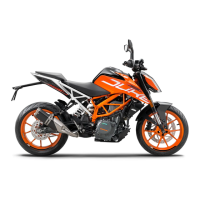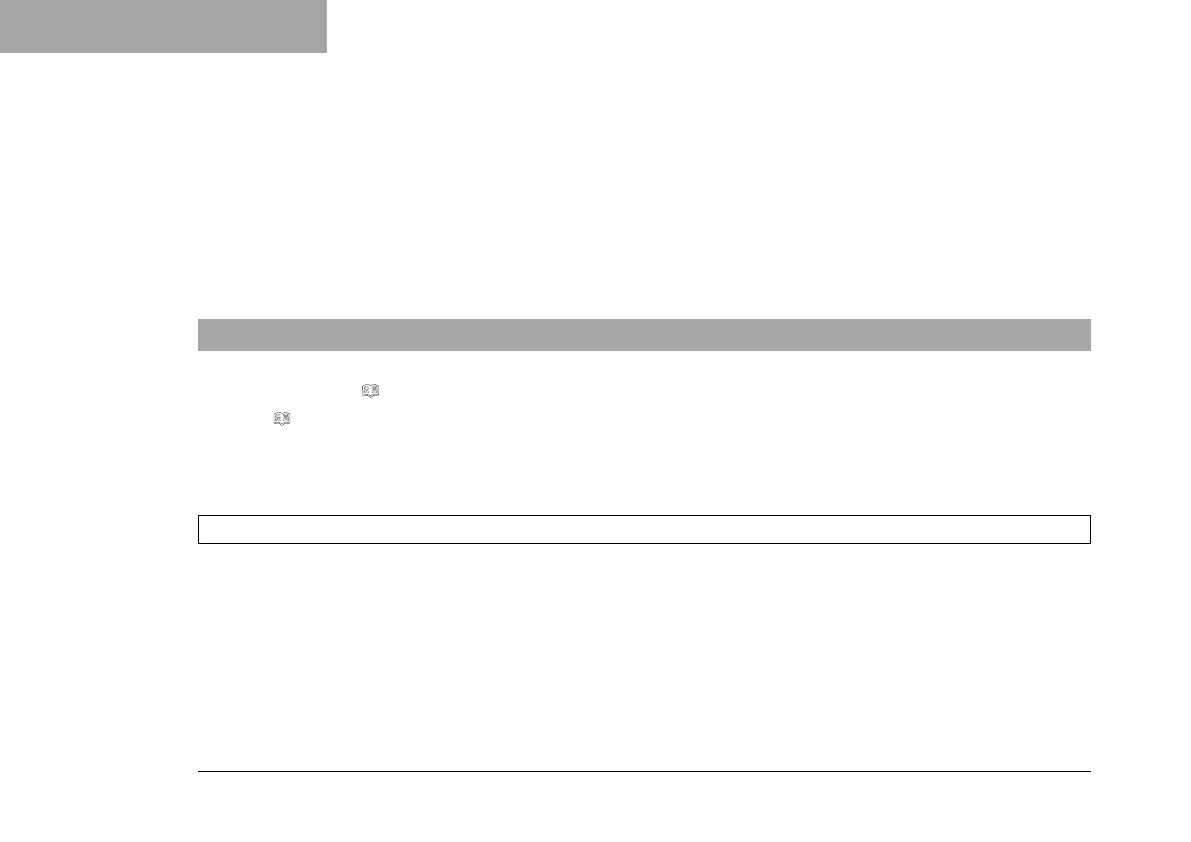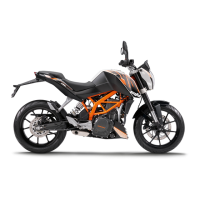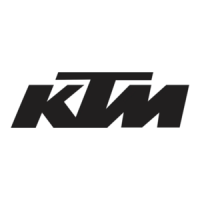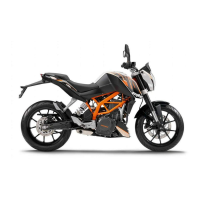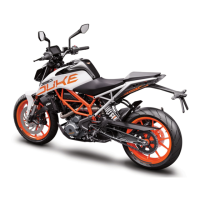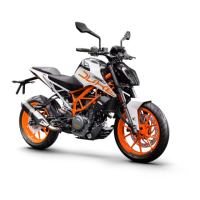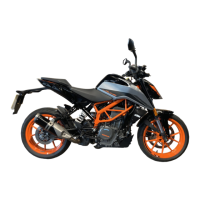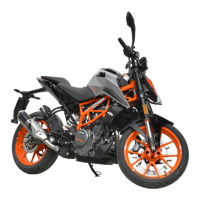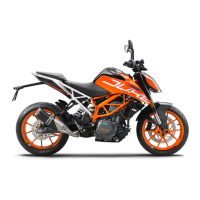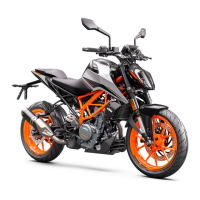24 SUBSTANCES
238
The mixture ratio must be adjusted to the necessary antifreeze protection. Use distilled water if the coolant needs
to be diluted.
The use of premixed coolant is recommended.
Observe the coolant manufacturer specifications for antifreeze protection, dilution and miscibility (compatibility)
with other coolants.
Recommended supplier
Motorex
®
– COOLANT M3.0
Engine oil (SAE 15W/50)
Standard/classification
– JASO T903 MA ( p. 242)
– SAE ( p. 242) (SAE 15W/50)
Guideline
– Use only engine oils that comply with the specified standards (see specifications on the container) and that
possess the corresponding properties.
Partially synthetic engine oil
Recommended supplier
Motorex
®
– Formula 4T
